 Garrison Avenue
Garrison Avenue
Time Period: Early Twentieth Century (1901 - 1940)
 Garrison Avenue
Garrison Avenue
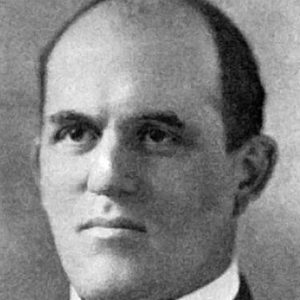 Charles Willis Garrison
Charles Willis Garrison
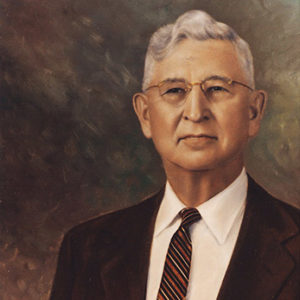 Neal Garver
Neal Garver
Garver, Neal Bryant
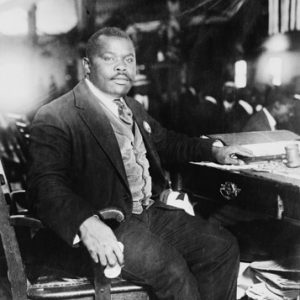 Marcus Garvey
Marcus Garvey
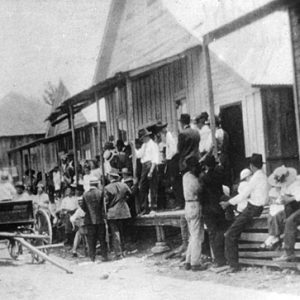 Gassville, Early 1900s
Gassville, Early 1900s
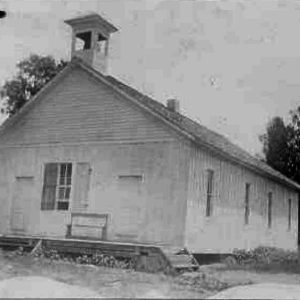 Gassville Baptist Church
Gassville Baptist Church
 Gassville Post Office
Gassville Post Office
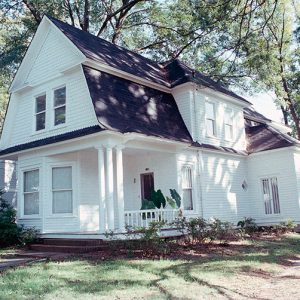 Gatewood House
Gatewood House
Gatewood House
Gathings, Ezekiel Candler “Took”
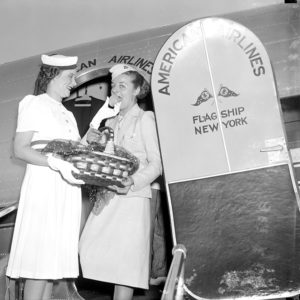 Tolise Gathings
Tolise Gathings
Gay Oil Company Building
 Gayeta Homestead
Gayeta Homestead
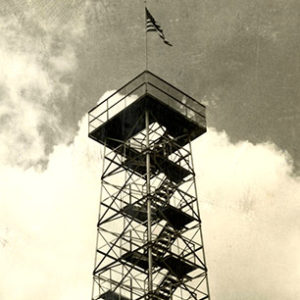 Gaylor Mountain Tower
Gaylor Mountain Tower
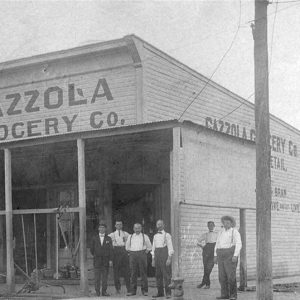 Gazzola Grocery
Gazzola Grocery
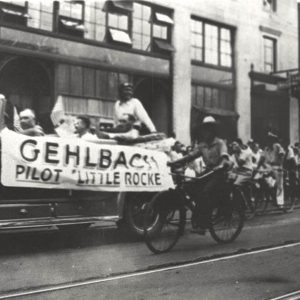 Gehlbach Parade
Gehlbach Parade
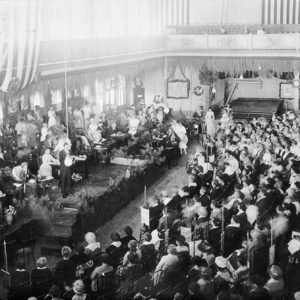 GFWC Convention; 1918
GFWC Convention; 1918
General Robert E. Lee Monument
 Gentlemen Prefer Blondes
Gentlemen Prefer Blondes
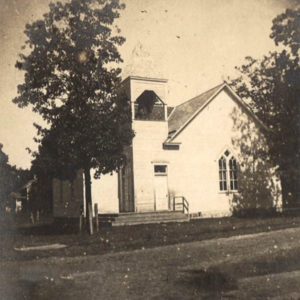 Gentry Church
Gentry Church
 Gentry Depot
Gentry Depot
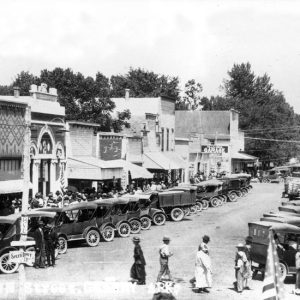 Gentry Main Street
Gentry Main Street
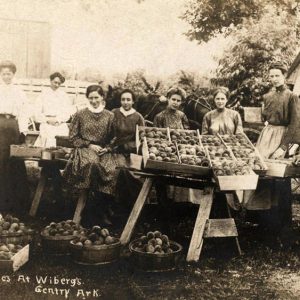 Gentry Peaches
Gentry Peaches
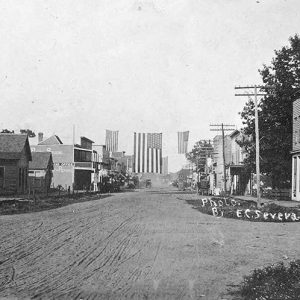 Gentry Street Scene
Gentry Street Scene
Geographical Center of Arkansas Marker
George (Lynching of)
George Berry Washington Memorial
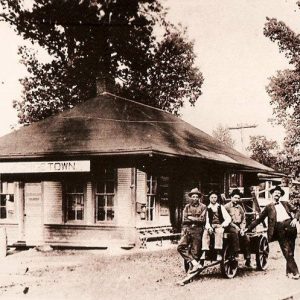 Georgetown Depot
Georgetown Depot
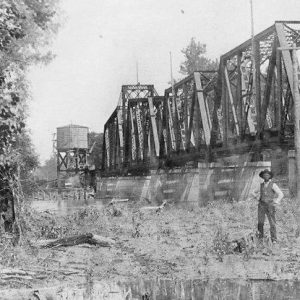 Georgetown Railroad Bridge
Georgetown Railroad Bridge
Gerig, William Lee
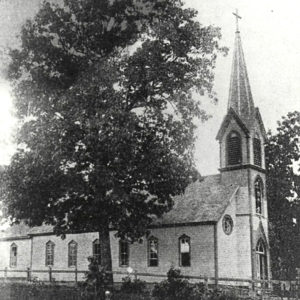 German Catholic Church
German Catholic Church
 German Day Parade
German Day Parade
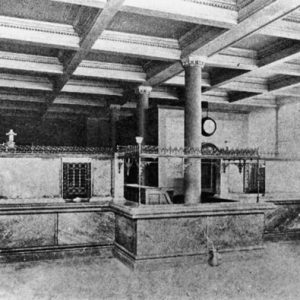 German National Bank
German National Bank
German National Bank
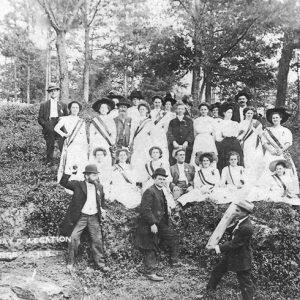 German Day
German Day
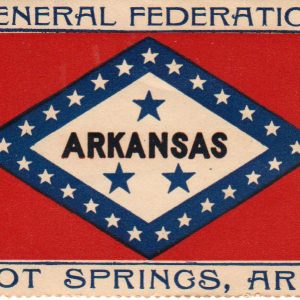 GFWC Sticker
GFWC Sticker
 Giant Watermelon
Giant Watermelon
Gibb, Frank Wooster
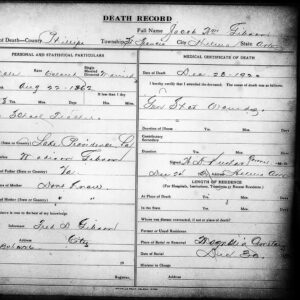 Gibson Death Record
Gibson Death Record
 Gibson Turkey Box
Gibson Turkey Box
 Gibson Turkey Box
Gibson Turkey Box
Gibson, Henry C.
Gibson, J. W. (Murder of)
 Gibson Murder Article
Gibson Murder Article
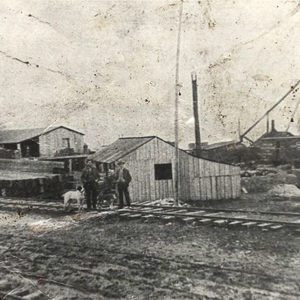 Gibson's Factory
Gibson's Factory
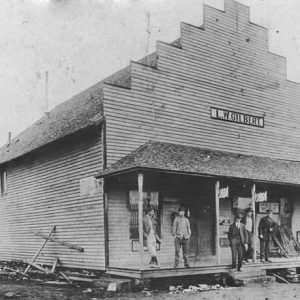 Gilbert Store
Gilbert Store
 Gilbert Store
Gilbert Store
 Gilbert Street Scene
Gilbert Street Scene
 Gilbert Takeover
Gilbert Takeover




